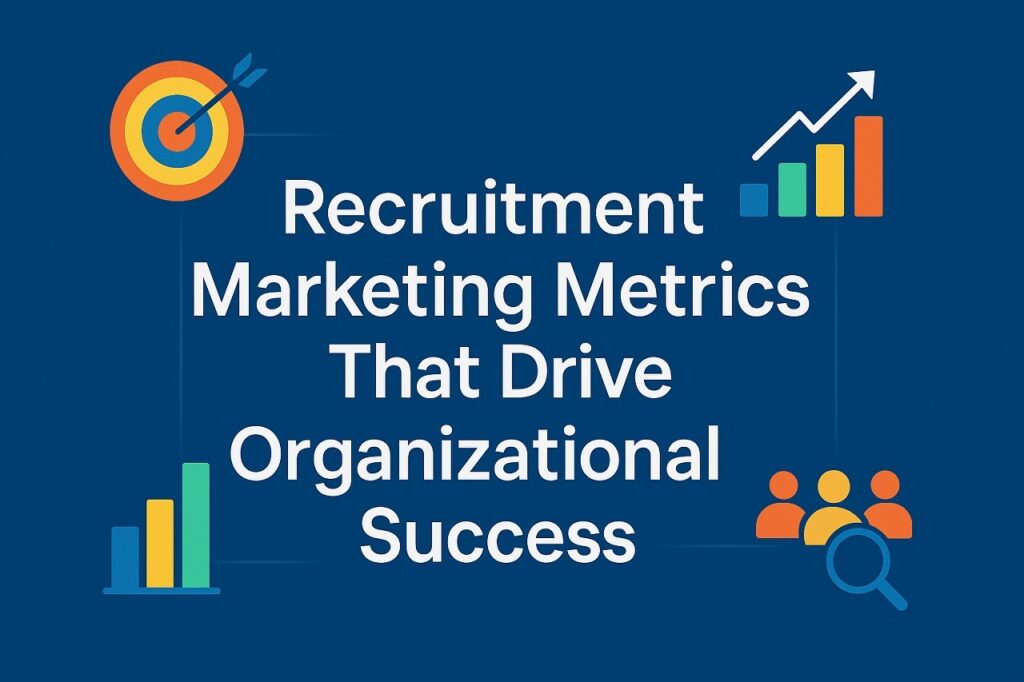In recent years, the recruitment landscape has been significantly transformed by the advent of automated processes. These technologies, ranging from applicant tracking systems (ATS) to programmatic advertising platforms, have revolutionized how companies attract and engage with potential candidates. One crucial aspect of recruitment that has seen substantial changes due to automation is job advertisement performance.
In this article, we will delve into the various ways in which automated processes have influenced the effectiveness and efficiency of job advertisements.
Targeted Advertising
Automated processes allow recruiters to precisely target their job advertisements to reach the most relevant audience. Programmatic advertising platforms, for example, leverage data analytics and algorithms to identify and display job ads to individuals who match the desired qualifications and experience. This targeted approach not only increases the likelihood of attracting qualified candidates but also minimizes wasted resources on reaching irrelevant audiences.
Optimized Ad Placement
Automated systems can analyze vast amounts of data to determine the most effective channels and platforms for job advertisement placement. By considering factors such as demographics, geographic location, and user behavior, these systems ensure that job ads are placed where they are most likely to be seen by the target audience. This optimization leads to improved visibility and engagement with the job postings, ultimately enhancing performance.
Real-Time Performance Monitoring
With automated processes, recruiters have access to real-time analytics and performance metrics for their job advertisements. This capability allows them to track key metrics such as click-through rates, application conversion rates, and cost-per-hire, providing valuable insights into the effectiveness of their recruitment campaigns. By monitoring performance in real-time, recruiters can quickly identify underperforming ads and make necessary adjustments to improve results.
Dynamic Ad Customization
Automated systems enable recruiters to customize job advertisements dynamically based on the preferences and behaviors of the target audience. For example, algorithms can personalize ad content and messaging to resonate with different segments of candidates, increasing relevance and engagement. Dynamic ad customization ensures that job advertisements are tailored to meet the specific needs and interests of potential candidates, leading to higher performance and conversion rates.
Efficient Candidate Screening
ATS and other automated processes streamline the candidate screening process by automatically parsing and analyzing resumes to identify qualified candidates. These systems use keyword matching, semantic analysis, and machine learning algorithms to assess candidate qualifications and fit for the job. By automating candidate screening, recruiters can save time and resources while ensuring that only the most relevant candidates progress to the next stage of the recruitment process.
Improved Candidate Experience
Automation can also enhance the candidate experience by providing a seamless and user-friendly application process. For example, automated systems can enable candidates to apply for jobs using their preferred devices and platforms, such as mobile devices or social media channels. Additionally, automated communication tools can keep candidates informed about the status of their applications and provide timely updates throughout the recruitment process. By prioritizing candidate experience, recruiters can attract and retain top talent while enhancing the overall performance of job advertisements.
Data-Driven Optimization
One of the most significant advantages of automated processes is their ability to leverage data analytics for continuous optimization. By analyzing historical performance data and conducting A/B testing experiments, recruiters can identify trends, patterns, and best practices for job advertisement performance. This data-driven approach enables recruiters to refine their strategies over time, maximizing the effectiveness and ROI of their recruitment efforts.
Reduced Bias and Discrimination
Automation can help mitigate bias and discrimination in job advertisements by standardizing the recruitment process and removing subjective human judgment. Algorithms used in automated systems are programmed to focus solely on relevant qualifications and skills, eliminating factors such as gender, race, or age from the decision-making process. By promoting fairness and objectivity, automated processes contribute to more inclusive and diverse hiring practices.
Competitive Edge
Automated processes in job advertisements offer a significant competitive edge by providing organizations with more efficient and effective recruitment strategies. Firstly, automation allows for targeted and optimized ad placement, ensuring that job postings reach the most relevant audiences across various platforms. This precision minimizes wasted resources and maximizes the chances of attracting qualified candidates. Secondly, real-time performance monitoring enables recruiters to quickly assess the effectiveness of their advertisements and make necessary adjustments to stay ahead of the competition.
Additionally, automation streamlines the candidate screening process, allowing recruiters to identify and engage with top talent more quickly than traditional methods. By leveraging data-driven insights and dynamic ad customization, organizations can create more compelling job advertisements that resonate with candidates, further enhancing their competitive edge in attracting and retaining talent. Overall, automated processes provide a streamlined and proactive approach to job advertisement, giving organizations the agility and efficiency needed to stay ahead in today’s competitive hiring landscape.
In Conclusion
Automated processes have had a profound impact on job advertisement performance by enhancing targeting, optimization, customization, efficiency, candidate experience, data-driven decision-making, and fairness. As technology continues to evolve, recruiters will undoubtedly rely more heavily on automation to attract, engage, and hire top talent in an increasingly competitive job market. Embracing automated processes is not only essential for staying competitive but also for driving better recruitment outcomes and ultimately achieving organizational success.
Sourcing Square, as a programmatic job advertising platform, is revolutionizing job advertisement performance through automated processes. Leveraging data analytics and algorithms, it precisely targets relevant audiences, optimizes ad placement, and dynamically customizes ad content. Real-time performance monitoring enables quick adjustments for improved results. Sourcing Square streamlines candidate screening, enhances the candidate experience, and utilizes data-driven optimization to maximize recruitment effectiveness, setting new standards in automated job advertising.




